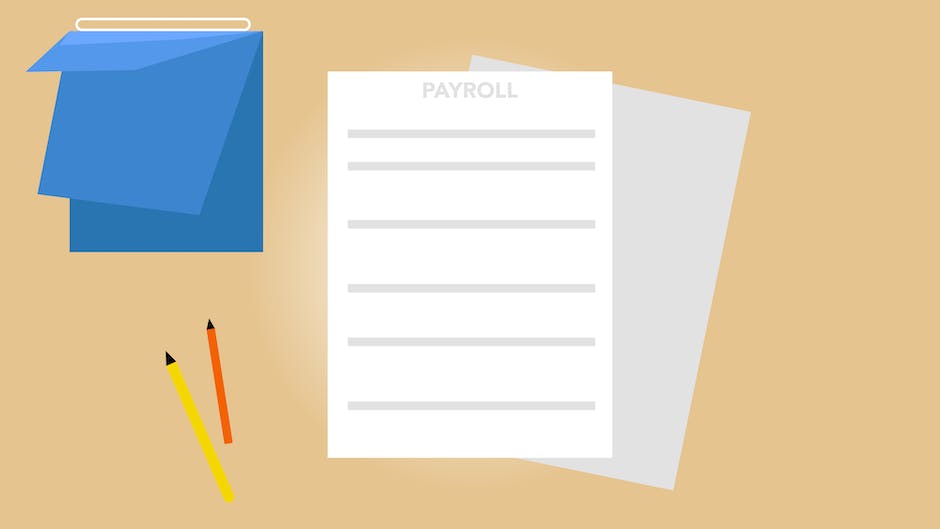Changing careers can be an exciting opportunity as you pursue a new passion or look for a more fulfilling career. However, it can also be a financially challenging time. By taking the time to assess your current financial situation and to develop a solid financial plan, you can help ensure a smoother and less stressful transition.
Assess your current financial situation

Before embarking on a career change, it is crucial to take a close look at your current financial situation. Start by calculating the amount of money you have in savings, identify your monthly expenses, and determine how much money you will need to make to cover those expenses. Knowing and understanding these numbers will help you make an informed decision about your career change.
Furthermore, take into account any outstanding debts and monthly payments. Knowing how much you owe and to whom will give you perspective on how much of your income allocation will go into debt repayment.
Create your budget

Once you have a clear understanding of your current financial situation, it’s time to build a budget. Your budget should outline all of your monthly expenses and anticipated income during the transition period.
By creating a budget, you will gain clarity on your financial situation, plan your spending, and give control over your money. Allocating funds for unexpected expenses and reducing excessive expenditures can relieve financial pressure and decrease the possibility of needing to borrow money.
You can use software, like a spreadsheet, app or even a minimalist piece of paper to keep track of expenses, monitor spending, and avoid overspending.
Reduce expenses

Reducing expenses during a career change is vital to help you adjust to a potentially lower income. Consider evaluating your entire budget and identify areas where you can cut expenses. Seemingly things like eating out, buying coffee, unnecessary shopping, and luxury subscriptions, can add up quickly and limit your budget’s effectiveness.
You can also reduce your expenses by finding more affordable alternatives for essential costs. For instance, switching to cheaper grocery stores, using generic brands, and buying items in bulk can minimize costs without sacrificing quality.
Enhance your employability

Improving your employability increases your potential for long-term financial stability during a career change. Besides increasing your chances of landing a job and earning a higher salary, additional training, certifications or education can increase your job security and opportunities for advancement.
Furthermore, volunteering, freelance positions or offering your services gratis can improve your skills, demonstrate commitment and make new contacts, which can lead to future income-generation opportunities.
Explore part-time work

Part-time work can be an excellent way to supplement your income during a career change. Consider freelancing, consulting, or starting a small business on the side. This can help you generate additional income and potentially create a steady stream of income in the future.
Furthermore, working part-time can provide you with flexibility, allowing you to pursue your entrepreneurial or volunteer endeavours without sacrificing financial stability.
Identify potential financial roadblocks

In planning for a career change, identifying potential financial roadblocks can mitigate any financial hardship that may occur. For example, if you plan on relocating or accepting a lower-paying position, ensure that you adjust your finances accordingly.
You can plan an emergency fund that provides two to six months’ worth of living expenses, which will cushion your finances until they stabilize after a career change.
Create a debt management plan

If you have outstanding debts, creating a debt management plan before starting a career change is crucial. Start by listing all of your debts and identifying interest rates and minimum payments.
Next, create a timeline for paying off these debts systematically. This will free up more cash flow for the necessary expenses that come with any career transition. Also, consider consolidating your debts with a lower interest rate that can help simplify your repayment process.
Maximize retirement contributions
If your career change affects your retirement savings, you can take advantage of retirement plans to maximize your contributions. Contributing the maximum limit allowed to your 401(k) or IRA can reduce your taxable income and save for retirement simultaneously.
Research and understand the contribution limits and employer’s match for your retirement plan, then adjust your budget to make the maximum contributions allowable. This will help ensure you maintain steady retirement savings during the career change period.
Consider temporary or part-time work
Avoid getting financially stuck by considering temporary or part-time work to help make ends meet. Temporary or part-time work can provide you with a steady income stream while allowing you to continue to search for a more fulfilling career opportunity.
Additionally, seek out work that relates to your future goals, network and gives you an opportunity to develop new skills.
Review and adjust your plan as needed
Finally, regularly review and adjust your financial plan as necessary. Evaluate your progress against your plan and adjust it as your finances, goals, or priorities change. By regularly monitoring your finances during the career change period, you increase your chances of a successful transition.







